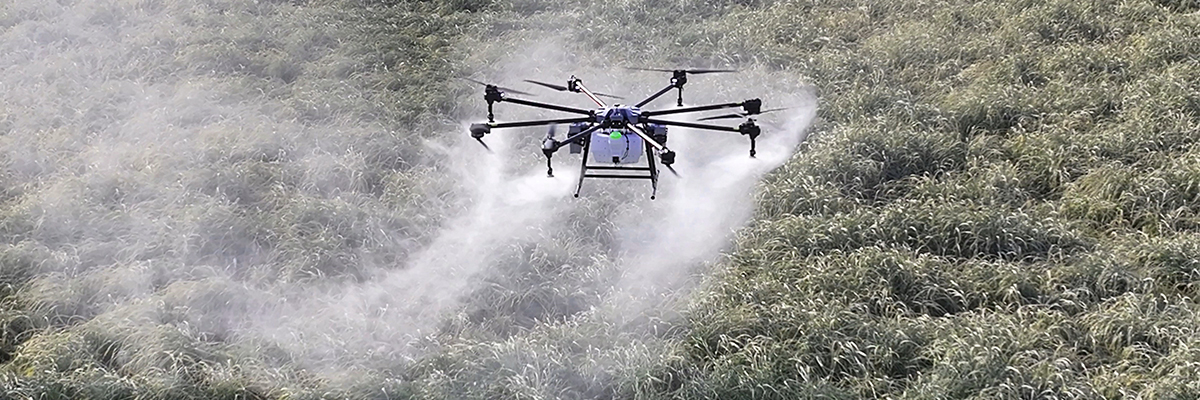Crop Monitoring and Health Assessment
Drones equipped with multispectral or thermal cameras are revolutionizing crop monitoring. By capturing high-resolution images, they detect early signs of plant stress, disease, or nutrient deficiencies. These sensors analyze light wavelengths invisible to the human eye, providing farmers with detailed maps of field health.

Precision Spraying of Pesticides and Fertilizers
Traditional crop spraying is often inefficient and wasteful. Agricultural drones, however, can autonomously spray pesticides or fertilizers with pinpoint accuracy. Using GPS and AI algorithms, they adjust spraying rates based on real-time field data, reducing chemical usage by up to 30%. This not only saves costs but also minimizes environmental pollution.

Seed Planting and Reforestation
In recent years, drones have been adapted for seed planting, especially in hard-to-reach areas. Specialized drones fire biodegradable seed pods into soil at optimal depths, improving germination rates.
Irrigation Management
Drones with thermal cameras help optimize water usage by identifying dry zones in fields. By mapping soil moisture levels, farmers can adjust irrigation systems to avoid overwatering or underwatering.
Data Analytics and Precision Farming
Drones generate vast amounts of data, which is processed through cloud platforms and AI tools. Farmers receive actionable insights on crop yields, growth patterns, and risk factors.
From monitoring crops to planting trees, drones are reshaping agriculture into a tech-driven industry. As adoption grows, they will play a pivotal role in addressing global food security and environmental challenges.
Post time: Apr-17-2025